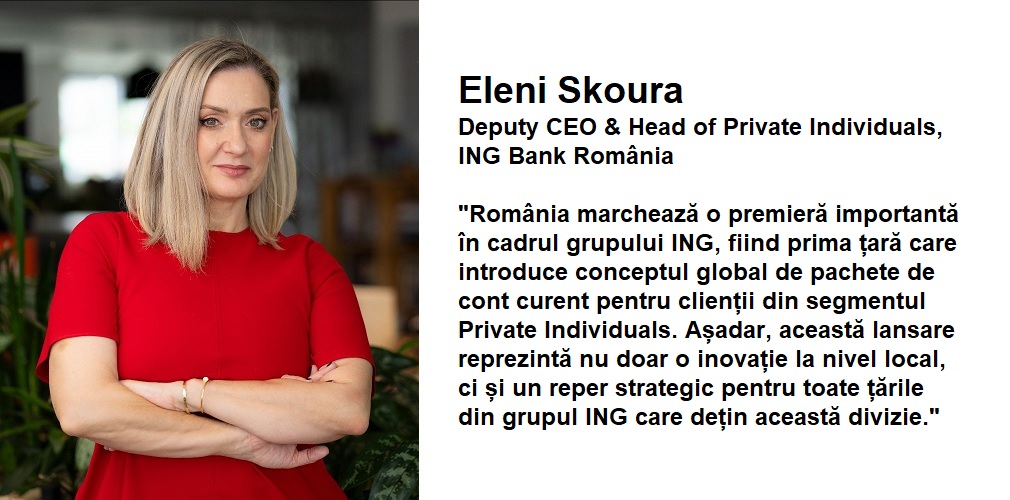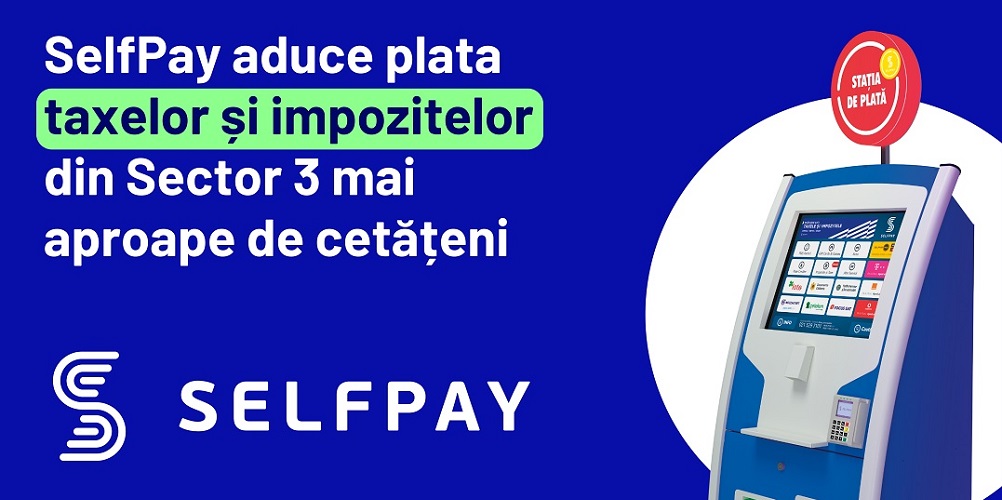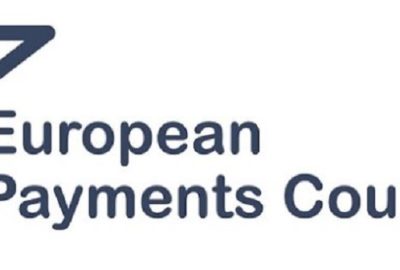European B2C E-commerce Report 2015 – Romania is the only country with no growing share of cross-border online purchases between 2012 and 2014
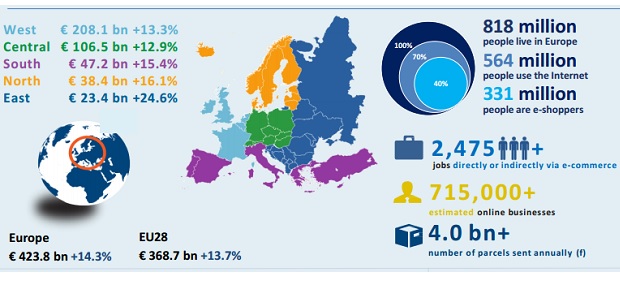
“European B2C e-commerce sales will increase by 12.5% and amount to € 477bn in 2015. With this, Europe will increase its lead on third-ranked North America,” is Ecommerce Europe’s forecast for 2015 according to Wijnand Jongen, Chairman of the Executive Committee and Member of the Board of Directors of Ecommerce Europe.
The European B2C e-commerce sector had another successful year in 2014, accordng to a new press release. Even though the growth rate of the e-commerce turnover decreased somewhat, it still achieved double digits. In total, European B2C e-commerce sales increased by more than 14%, reaching € 423.8bn. The 28 member states of the European Union together experienced a similar growth, resulting in a EU28 B2C e-commerce turnover of € 368.7bn.
Impact of E-commerce on the Economy
Gross Domestic Product The total Gross Domestic Product (GDP) of Europe is estimated to have reached around €17.3 trillion in 2014, and that of the EU28 amounted to nearly €14.0 trillion. Ecommerce Europe estimates the share of the European Internet economy in the GDP at 2.45%, a percentage that is set to nearly double by 2016 and to nearly triple by 2020.
The number of jobs created directly and indirectly by the B2C e-commerce sector is estimated at nearly 2.5 million in Europe, a figure that will grow with the on-going increase and penetration of the Internet in the European society, and the projected growth of (B2C) e-commerce.
715,000 websites
According to data received from national e-commerce associations, Ecommerce Europe estimates the number of B2C websites to have grown to around 715,000 at the end of 2014, growing at a pace of 1% to 15% per year. This number is set to grow even more given the growth anticipated in the upcoming markets in the South and the East, where B2C e-commerce is rapidly closing the gap with the more mature markets in Western and Central Europe. 4.0 billion parcels sent Postal and private operators have reaped the fruits of the impressive growth over the past years of (B2C) e-commerce.
Ecommerce Europe estimates the annual number of B2C parcels sent to customers domestically and cross-border to other (European) countries at 4.0 billion, a number that will certainly continue to grow as a result of the forecast increase for B2C e-commerce in Europe.
European Cross-Border E-commerce Figures
According to the latest figures of Eurostat (May 2015), the growing share of cross-border online purchases is an important indicator to judge how smoothly the Single European Market (SEM) for e-commerce functions.
In 2014, 15% of all individuals in the EU28 purchased goods and/or services through the Internet from sellers outside their country of residence, but within the EU28. This is an increase of 25% compared to 2013. Popular reasons for shopping abroad were a more competitive price or a wider offer of goods and services available.
Cross-border EU purchases by individuals were highest in either smaller member states with a limited domestic online offer available, such as Luxembourg (65%) and Malta (39%), or in member states with strong regional or linguistic ties to neighboring countries such as Austria (40%), Finland (36%), Denmark (36%) and Belgium (34%).
Given the fact that in almost all countries crossborder e-commerce grew significantly last year (the only exception is Romania), it is safe to say that cross-border will be one of the major drivers of e-commerce in Europe and around the world.
European cross-border ecommerce -the share of cross-border online purchases
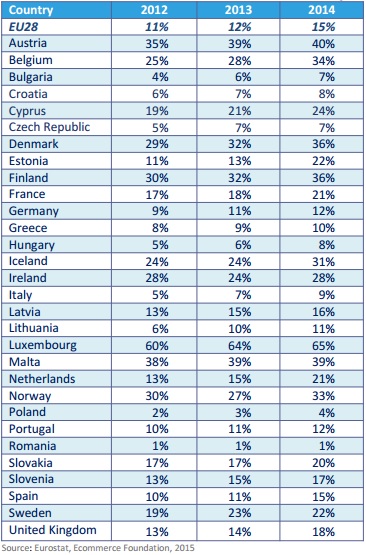
For more details dowload the full light version of the Report: European B2C E-commerce Report 2015
Dariusz Mazurkiewicz – CEO at BLIK Polish Payment Standard
Banking 4.0 – „how was the experience for you”
„To be honest I think that Sinaia, your conference, is much better then Davos.”
Many more interesting quotes in the video below:

